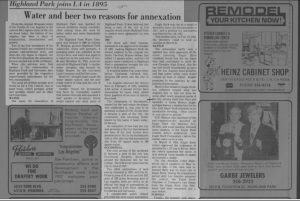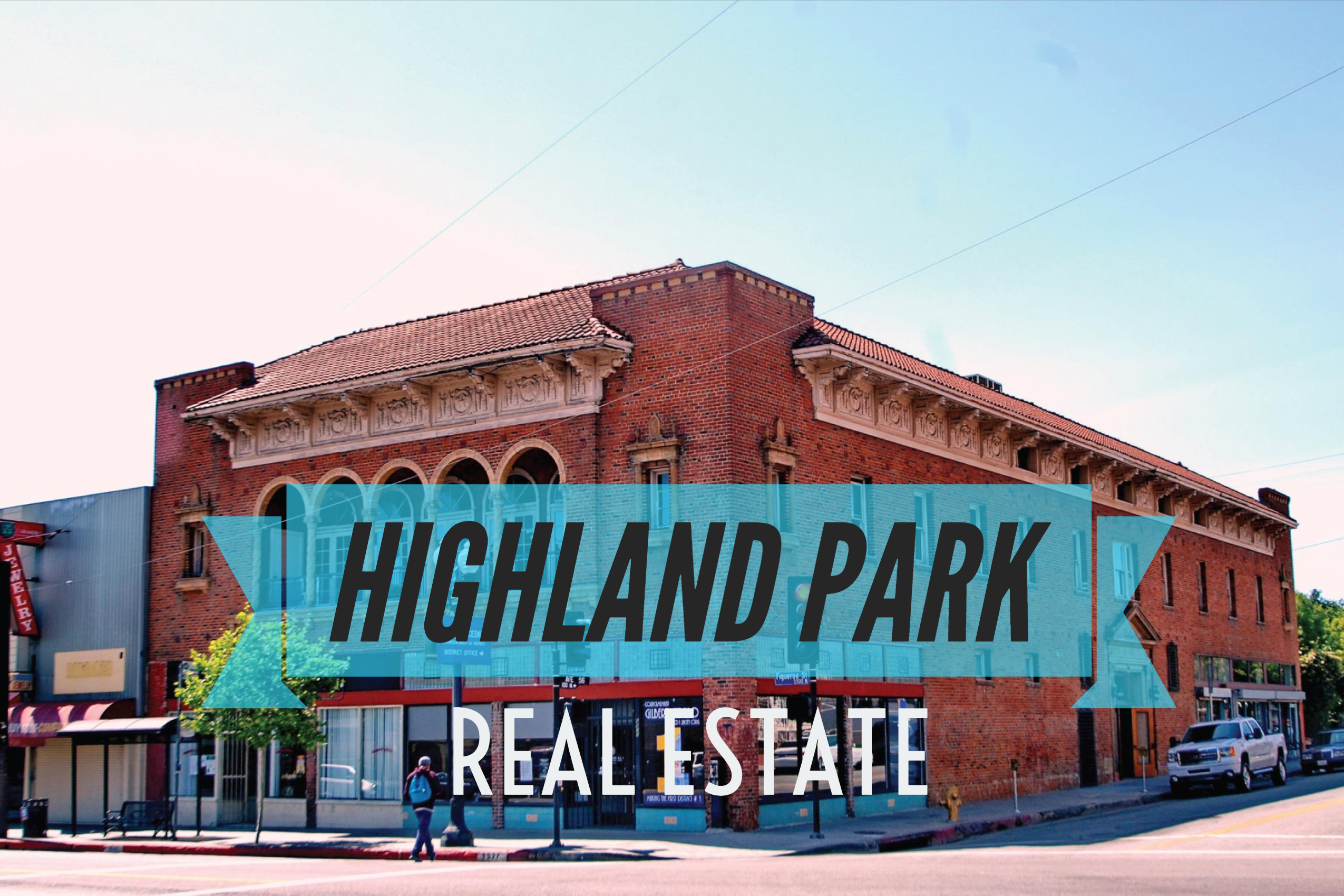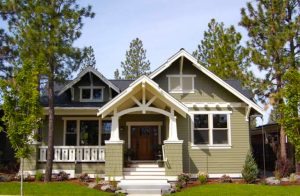Highland Park joins LA in 1895 Water and Beer 2 Reasons for Annexation
 Highland Park History
Highland Park History
From the original 28 square miles of the Pueblo de Los Angeles to the current 464.5 square miles of the city we know today, the history of Los Angeles has been a story of acquisitions, annexations and growth. Two of the four boundaries of the original Pueblo are contained in the greater east-northeast area, and when the city began to expand, one of the first directions the annexation process moved was to the northeast. When city services were first needed in the communities of Highland Park and Garvanza, they were provided by the respective improvement associations for the two communities. The main job of these groups, as it would be for a City Council, was to plant trees, collect garbage, grade and sprinkle streets and do other such functions.
WATER
The move for annexation of Highland Park was sparked by several problems facing residents, chief among them the need for better water and more dependable service. The Highland Park Water Company was formed in 1886 by George W. Morgan, pioneer Highland Park subdivider, along with partners. A pumping plant was installed in the Arroyo Seco, and water was piped to a reservoir on the east sides of Ave. 66 and Meridian St. This reservoir served all Highland Park. A similar water company was formed by Ralph Rogers for the Garvanza Land Company and for Garvanza. However, drought years made the water supply scarce, and the only ready source of help was the city of Los Angeles.
Another reason for annexation was fears by community leaders that saloon interests who operated a beer garden in Sycamore Grove would expand into other parts of Highland Park. It was believed that being a part of the city of Los Angeles would allow Highland Park to control more adequately its own future. 1895 For these and other reasons, annexation was approved in October of 1895, making Highland Park the second addition to the original city limits. The first, 30 years before, had added 1.2 square miles; and the 1.44 square miles contained in Highland Park’s annexation brought the city total to 30.62 square miles. It would be nearly four years more before Garvanza followed suit, bringing 440 acres into the city in 1899, Los Angeles annexed the Arroyo Seco in February of 1912, totalling 4,416 acres. A second Arroyo Seco annexation 44 years later added three quarters of an acre of Arroyo Seco land.
The community of Bairdstown, named for the real estate developer who subdivided it, was next to be annexed, in June of 1915. By the time it became a part of the city, the community was becoming better known by the name it bears today, El Sereno. An indication of how fast the city was growing is the fact that between the time of the first Arroyo Seco annexation in 1912 to the Bairdstown vote in 1915, the city had increased in size from 107 square miles to 288 square miles.
OCCIDENTAL
The next section of the northeast to become a part o{ the city was Occidental Heights, developed around the then-new site for the college.
The 6.66 acres came into the city in June of 1916. Two other annexations of land nearby followed in 1920, with the St. Francis area of 33 acres and the Hill area of 220 acres becoming part of Los Angeles, both are shown on an official city map of annexations as being north of York Blvd., between Occidental and Garvanza, A considerable public debate preceded the next major annexation in the northeast area, that of the independent city of Eagle Rock.
Eagle Rock was calling itself “the fastest growing community in L.A. county” in the 19205. It had grown from 2,000 to 6,000 residents from 1920 to 1923, was outstripping such major cities as Boise, Idaho and San Jose, California in new buildings, and city fathers were predicting that it would have 25,000 residents by 1930. However, all of this growth was underscoring a familiar problem; the city didn’t have a sufficient supply of unpolluted water for the 6,000 residents already there, and it ‘ had no immediate means of getting more except through a large capital expenditure or by annexation to Los Angeles.
Eagle Rock was run by a board of directors since its incorporation in 1911, and a petition for annexation was filed on Dec. 18,1922. Two months later, on Feb. 19,1923, the directors voted to hold an election on March 27.
BATTLE
The annexation battle was a spirited one, with opponents of the move claiming Eagle Rock residents would lose the tax funds they had contributed to build the new Glendale High School, that the tax rate would immediately go up to pay for Los Angeles bond projects, and that public utility rates would remain as high or higher, despite promises to the contrary by supporters of annexation. Much of the debate in Eagle Rock, too, centered around what Los Angeles had or had not done for some other newly acquired parks of the city, among them Van Nuys and Sawtelle. A Santa Monica judge, perhaps fearing a similar fate for his city, told Eagle Rock residents at an annexation meeting, “Once you’re in, you can never get out.” H.H. Maxson was chairman of the, anti-expansionists, assisted by’ Eagle Rock city attorney R.L. McNitt, and mass meeting followed mass meeting in the Eagle Rock Central School auditorium (now Eagle Rock Elementary) before the matter came up for a vote. In March of 1923, Eagle Rock voters approved the ordinance of intention by 1,107 yes to 810 no. After the voters approved the move, it took several more months to make the transfer a reality. The city directors voted themselves out of existence on May 14, and on May 17 the state was informed there was no more city of Eagle Rock. During the transitional period until Los Angeles assumed full control, the Eagle Rock Chamber of Commerce ran things from the Eagle Rock City Hall, which had been completed just a year before. SCHOOLS Finally, the transfer took place, the school district passed into the hands of Los Angeles, a new zoning map was adopted, and some street names were changed to avoid confusion. For example, Central Ave. became Eagle Rock Blvd. One more major annexation was to follow for the northeast in 1924, when Annandale became a part of the city, encompassing an additional 435 acres of land. Lincoln Heights, contained within the original Pueblo boundaries and first known as East Los Angeles, never had to go through the annexation process. The other local communities Glassed Park, Cypress Park and Mt. Washington were contained within the boundaries of annexations previously described. – Charles Cooper










